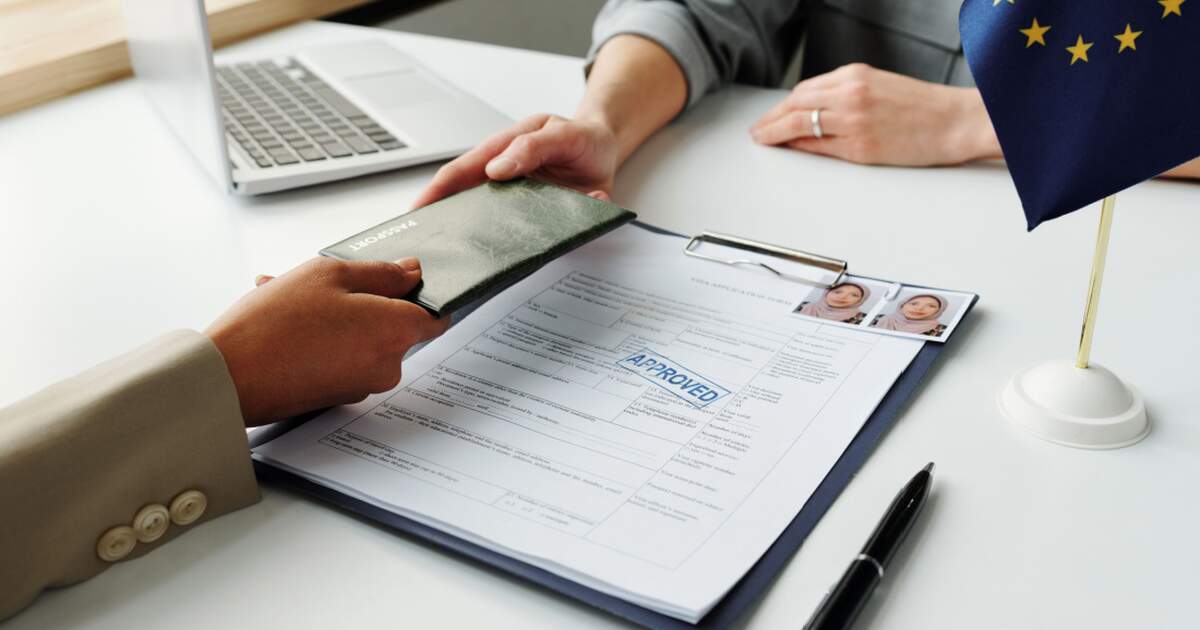In this article, Everaert Advocaten Immigration Lawyers explains how the EU route and family reunification works.
Dutch immigration law sets certain requirements for family reunification, and some individuals might find it challenging to meet those conditions. A significantly more straightforward procedure can be used to bring non-EU family members to the Netherlands when Dutch citizens use their "right to free movement". This so-called "EU-route" is a pathway based on the EU Citizens Directive and not only streamlines family reunification within the EU territory, but also offers distinct benefits over the national family reunification route.
National family reunification
Family reunification based on the national immigration rules is limited to members of the "core family unit". The core family unit consists of partners / spouses and children under 18 years of age.
Other relatives, such as (grand)parents of adults or children over 18 years, are not considered part of the core family unit. To bring them to the Netherlands, the applicant must invoke the right to family life as stipulated in Article 8 of the European Convention on Human Rights (ECHR). This is done by demonstrating that "more than normal emotional ties involving additional elements of dependency" exist between the sponsor in the Netherlands and the non-EU relative. The interests of the family members to be reunited must outweigh general interests of the Dutch state. In practice, Article 8 of the ECHR is only invoked successfully in very few cases.
Beyond the requirement of being part of the core family, a strict income requirement and, in certain cases, the requirement to pass a civic integration exam from abroad before travelling to the Netherlands, apply in this situation. Failure to meet these conditions can result in the rejection of a family reunification application.
However, if the sponsor in the Netherlands holds Dutch nationality and is able to use their EU right to free movement, there might be a possibility to bypass some of the strict conditions for family reunification.
EU right to free movement
The concept of EU freedom of movement refers to the principle that allows citizens of EU member states, as well as those of the European Economic Area (EEA) countries (Iceland, Liechtenstein and Norway), and Switzerland, to move and reside freely within the territories of these countries. This freedom is a fundamental right guaranteed by the treaties governing the EU.
EU citizens can reside in any other EU member state for up to three months without any conditions. They are not required to obtain a work permit or visa. For stays exceeding three months, they are required to meet certain conditions, such as having a job, being a student or having sufficient financial resources and health insurance.
EU family reunification
This EU freedom of movement also extends to family members of EU citizens, who may derive the right to join the EU citizen in the host country. The EU definition of a "family member" for residence rights is broader than the core family unit, encompassing not only children up to 21 but also other family members who are financially-dependent or who require the personal care of the EU citizen because of serious health reasons.
This broader definition reflects the EU's commitment to family unity by recognising a wider range of family relationships. Evidence is obviously still needed to prove that individuals do fall under the scope of this broader definition. In that regard, "financially-dependent" means that the non-EU family member is demonstrably dependent on the structurally provided financial support of the EU family member to pay for basic expenses such as rent, food and medical costs.
Other notable advantages of EU family reunification include less rigid income conditions and the absence of integration requirements for family members. Also, non-EU family members requiring visas to enter the EU, do not have to go back to their home country to await the outcome of the family reunification procedure. An application for "EU verification" can be submitted from the host state. If they still reside outside the EU, their entry should be expedited through the issuing of a facilitating visa.
Mobility across the EU
By removing strict requirements for family members, the EU route fosters an environment that encourages the free movement of families across EU member states, in line with the EU's key principles.
It is important to note however, that the EU family reunification rules only apply once the EU-national has actually used their right to free movement. This means that they do not apply to, for example, Dutch nationals who remain in the Netherlands. Once the Dutch citizen relocates to another EU member state for a period of at least three months, they open the pathway for their non-EU relatives to join them in the host state. After exercising the right to free movement this way, and subsequently returning to the Netherlands, the Dutch citizen will be able to bring their non-EU relatives.
This process follows family reunification principles established by the EU Court of Justice, reinforcing the principle that EU citizens have the right to bring their non-EU family members with them when returning to their home country.
Advantages of the EU route for returning Dutch citizens
For returning Dutch citizens seeking to reunite with their non-EU relatives, the "EU route" offers distinct advantages compared to the national family reunification procedure, from less stringent income conditions to a broader definition of eligible family members and the lack of an integration requirement. It is for this reason that many individuals with Dutch citizenship choose to pursue this route and actively explore opportunities for (temporary) relocations to other EU member states.
It is important for individuals to carefully review the specific requirements and consult an immigration expert about crucial aspects of the procedure, before relocating. Please contact Lotte van Diepen from Everaert Advocaten at [email protected] for the ins and outs of the EU-route.


